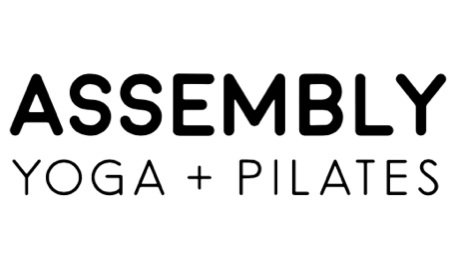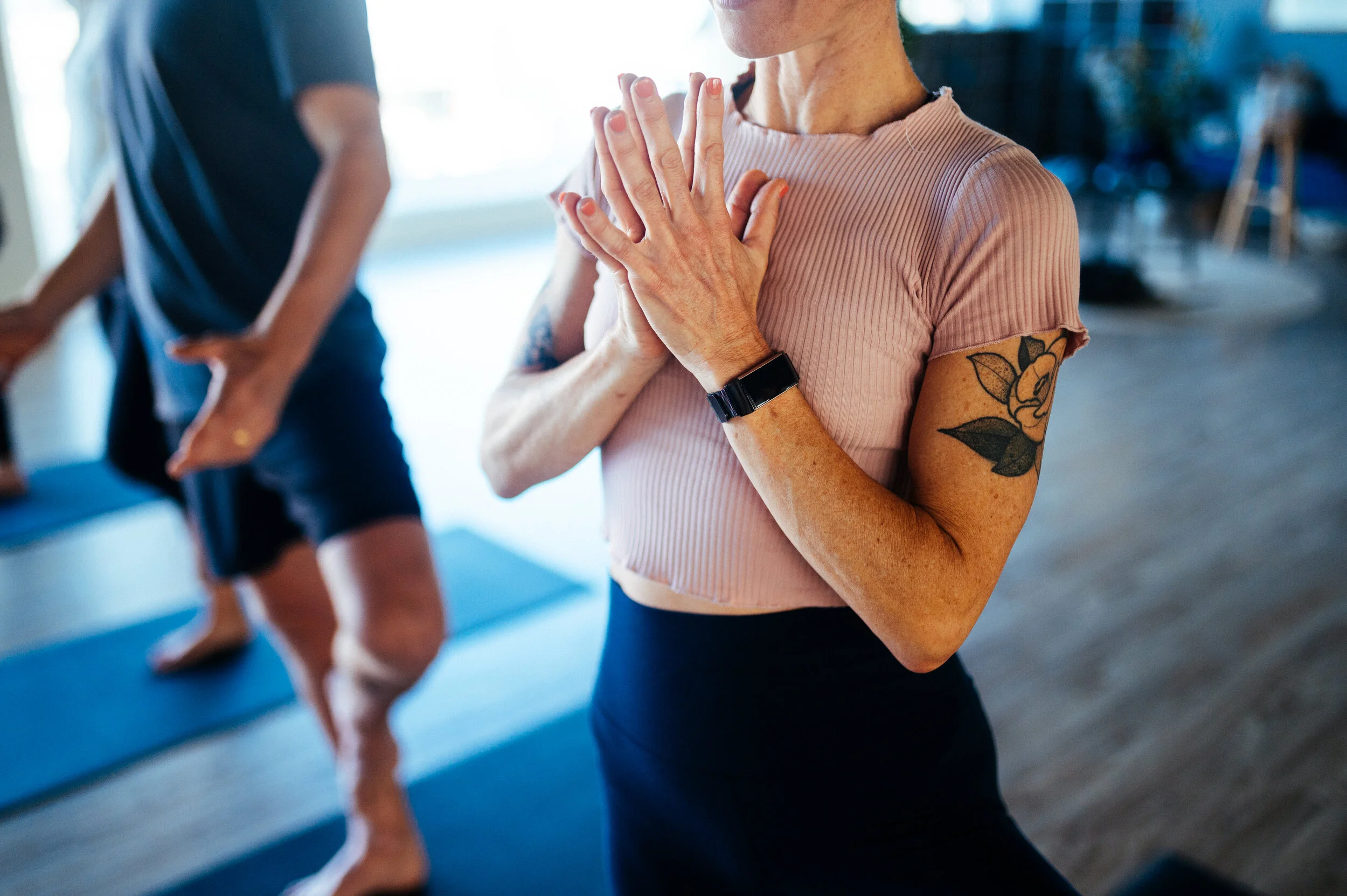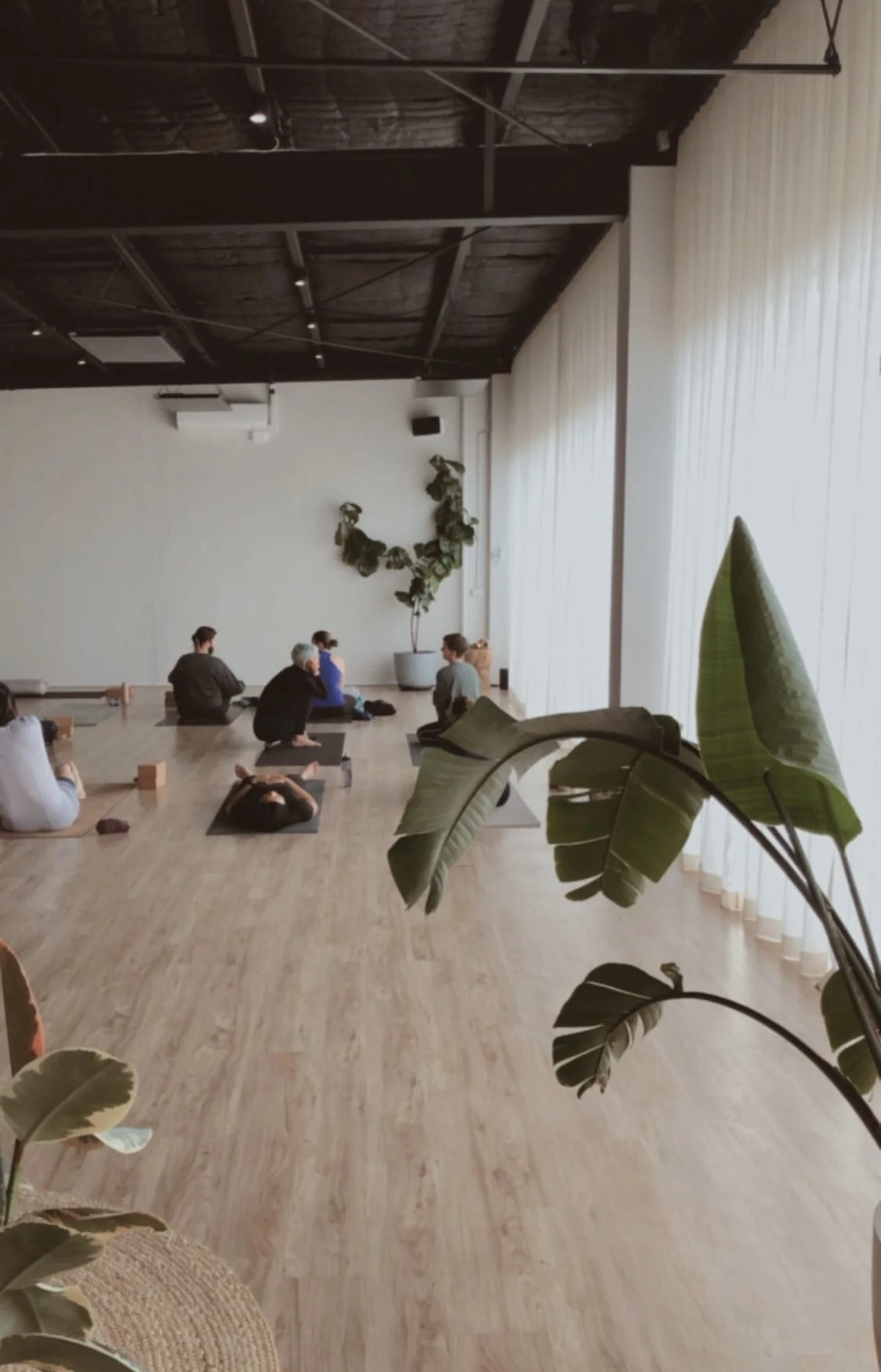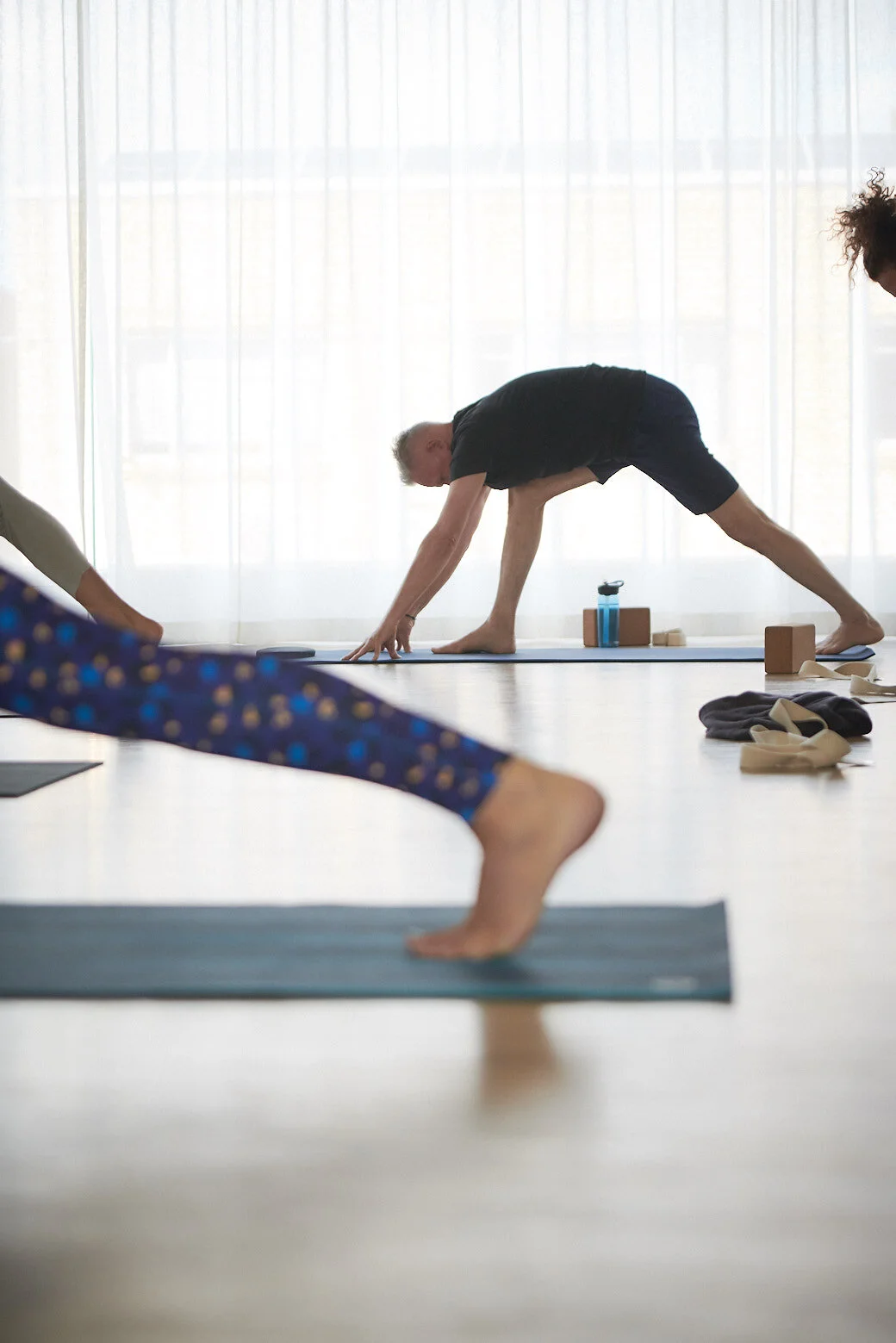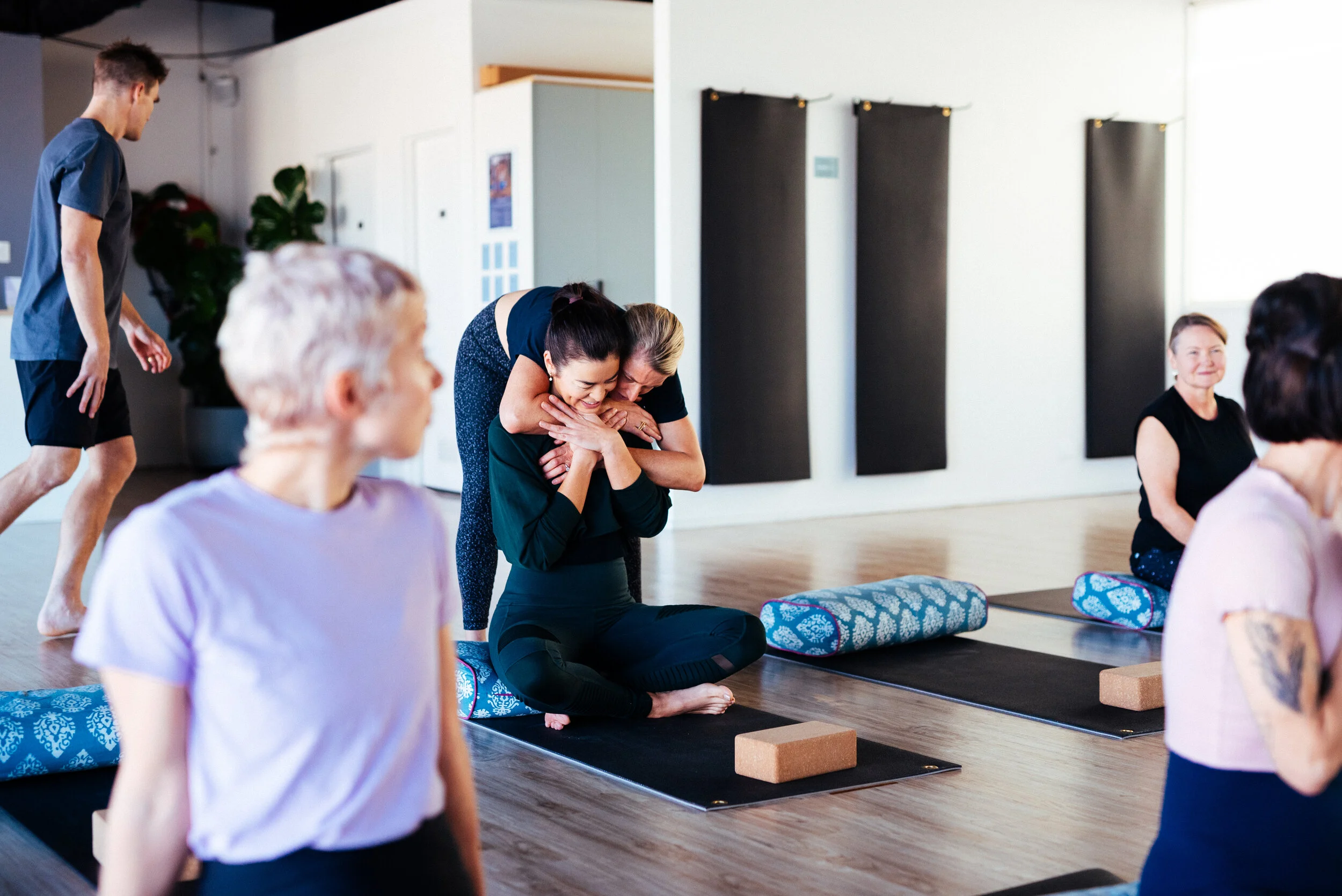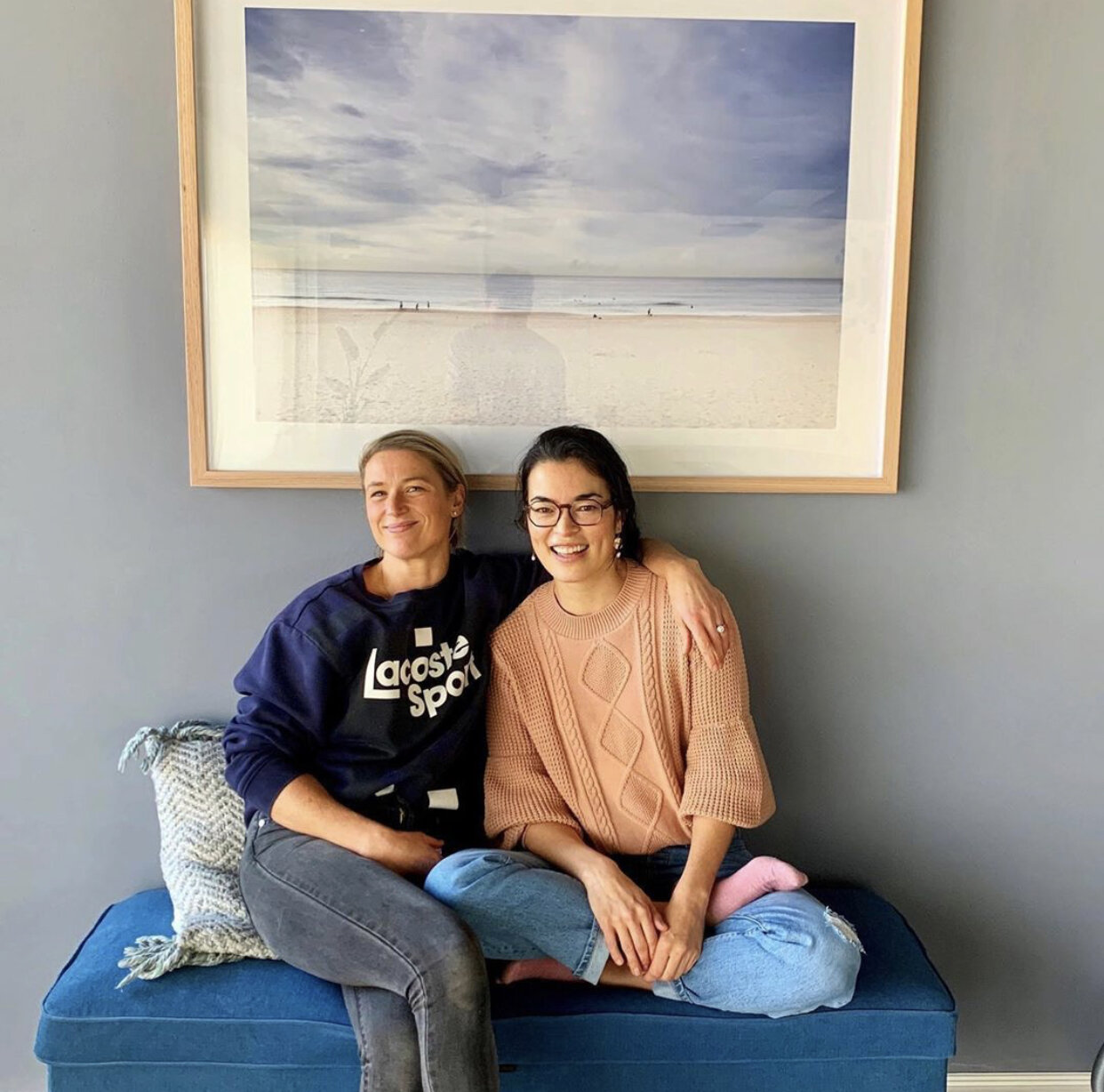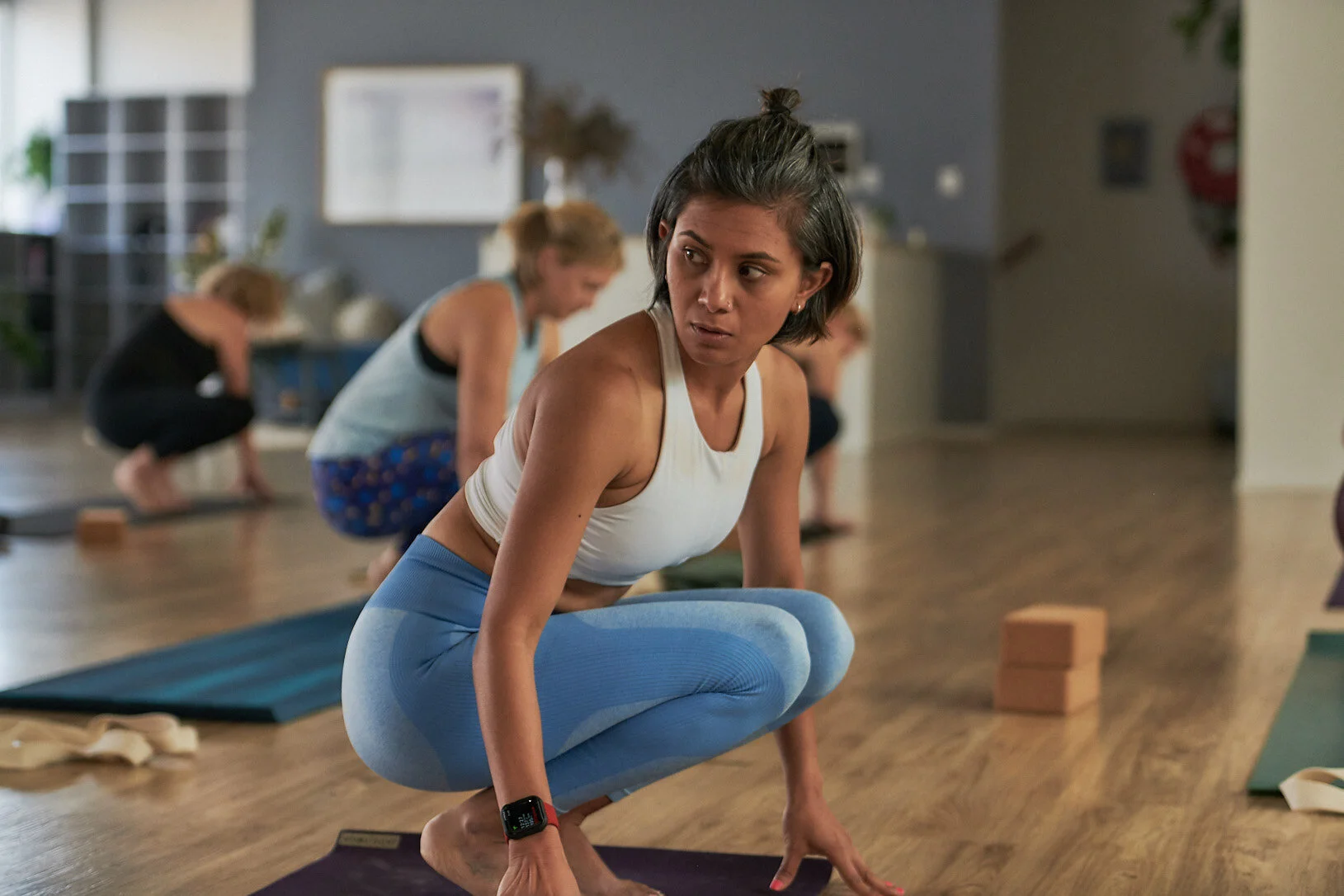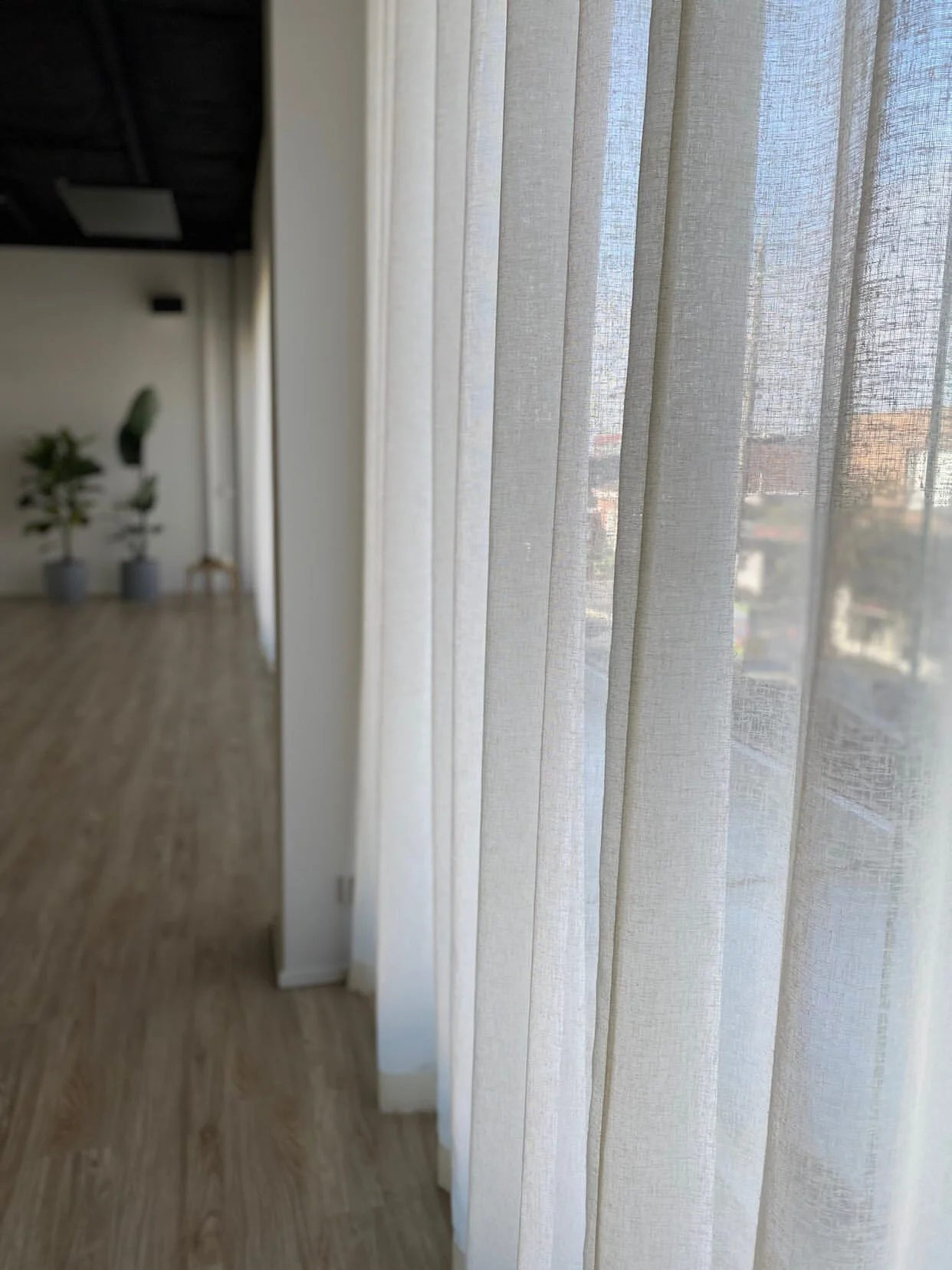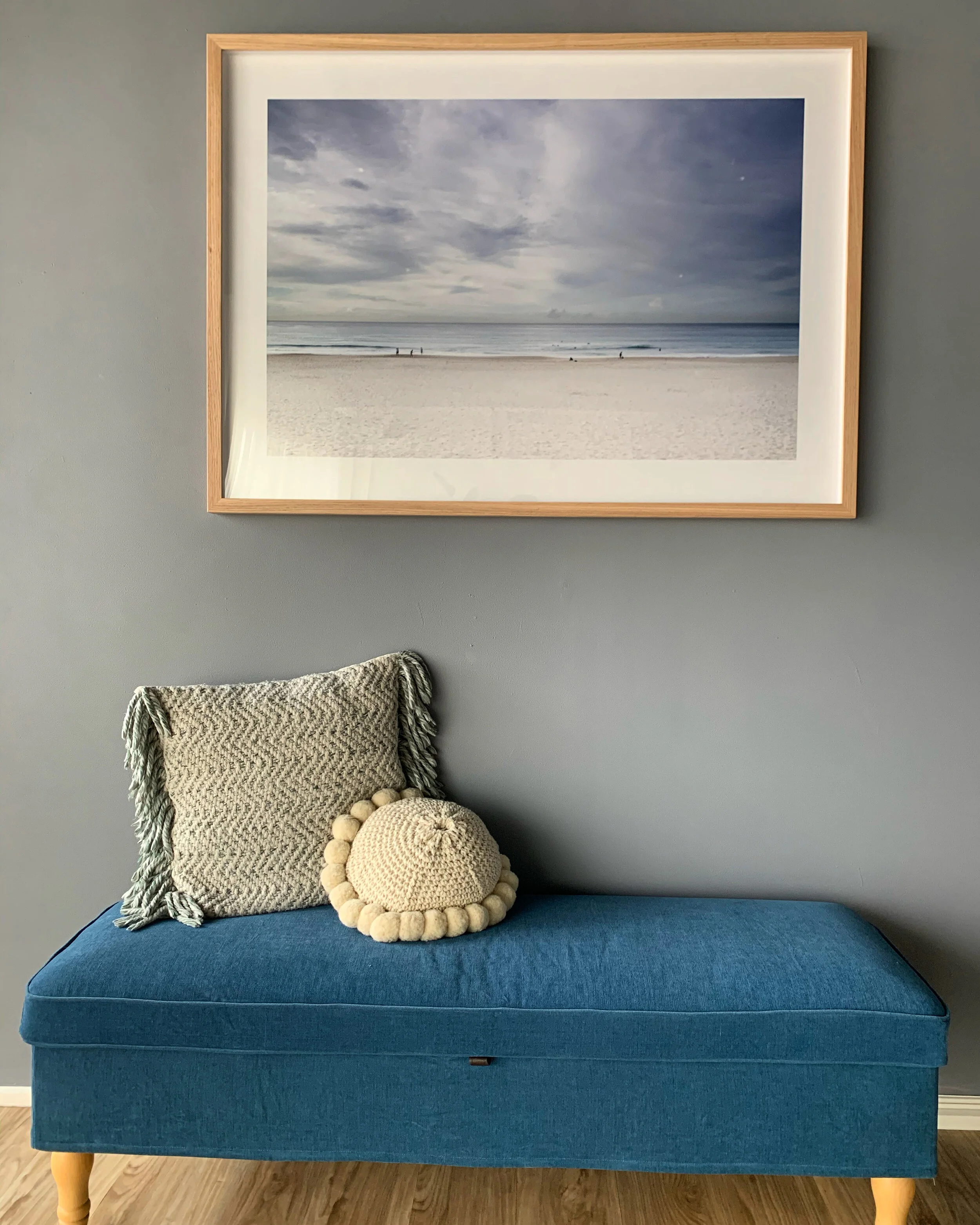HAPPINESS IS A SHARED THING
In his book Behave, Robert Sapolsky describes the fundamental differences between ‘collectivist’ and ‘individualist’ societies. In Western capitalist cultures, we are most often focused on individual needs and goals. We talk about personal accolades and achievements rather than a deep sense of purpose that can only be understood in relation to community.
Like many traditions, yoga philosophy teaches us that happiness is a shared thing. We are invited to serve others and to work towards freedom and peace for all. To be connected to a a higher purpose beyond our own, allows us to live with integrity and enjoy the many benefits of stronger, happier communities.
Read More
FAULT LINES
Kintsugi is the Japanese art of repairing broken pottery using lacquer and gold. Rather than being thrown away, the pieces are reassembled with no attempt to hide the damage, instead emphasising and illuminating the “scars.”
Reading about this technique this week, I was struck by the poignancy of this visual metaphor for healing. More than ever, we have all been learning to live on fault lines and embracing our flaws seems like an honest way to move forward. Lots of things shattered in my life this year, but I am loving the way things are being put back together. Perhaps you’ve had that experience too?
Read More
BAD TRAFFIC
When I came across this week’s quote, it made me pause, then laugh at myself. Isn’t it so easy to point the finger elsewhere when things aren’t going our way? I hope next time I feel frustrated, I can remember to reflect on how I am also playing a part in creating the conditions I find myself in.
Read More
YOU GET WHAT YOU NEED
As the saying goes, you don’t always get what you want. More often than not, getting what you need isn’t much fun at the time. Things tend to make more sense in the rear view mirror, as we reflect back on how the pieces of our life fit together. What often feels like a failure or misfire in the moment, can actually be a doorway to the most important people, moments or places of our lives.
Read More
THINK AGAIN
I’m currently reading Adam Grant’s latest, Think Again. In a fractured world, it is a timely take on an old zen concept: shoshin or beginner’s mind. A beginner’s mind is curious, open and free and in this mindset we are willing to rethink and unlearn even our most conditioned beliefs.
Read More
FALLING IN LOVE
Recently I was finally able to catch up with a close friend that I haven’t been able to see in person over lockdowns. Seeing her in the flesh (rather than on a screen), I experienced a huge bubbling over of joy. It felt like I was falling in love with everything I adore about her all over again.
Read More
THE RULES ARE ALL IN YOUR HEAD
Too often we get fixated on whether or not we are doing something right. When people think about trying yoga and meditation, there is generally a preconceived idea of what type of person can participate and a whole bunch of shoulds and should nots – but what if all the rules were in our heads?
Read More
STRADDLING THE TENSION
We’ve all been there – straddling the tension – of a moment, conversation or concept where two seemingly contradictory ideas both appear correct. A paradox is a statement that feels true but seems to say two opposite things.
Read More
WHAT HOLDS IT ALL TOGETHER?
This week I was reminded of how my relationships have not only carried me through so many difficult times this year but in fact, how having things “fall apart” can really highlight and amplify our connections. Being prompted to take stock of the love and support in my life felt really good, so I wanted to pay it forward. Enjoy.
Read More
WALKING OUR TALK
Integrity is knowing what we stand for and walking our talk, even when it isn’t the easy decision. It also means doing what is right, even when no one is watching.
Read More
A PLACE FROM WHICH TO STEP
One of the skills we learn in yoga and meditation is the ability to observe our conditions as they are without the urge to change them right away. When we can soften the impulse to run away from things that might initially overwhelm us, we create the space to respond, rather than react to challenges.
Read More
CHOOSING WHAT WE NEED
Yoga should meet us where we are. So often we fall into the trap of trying to change ourselves, where we would do better to spend time loving ourselves as we are. Our physical and mental state is dynamic and our practice should reflect this. How you ‘do’ yoga can (and will) change.
Read More
THE STORIES WE TELL OURSELVES
We all have stories (perhaps more than one) going on in the background. At their essence, these personal narratives finish the sentence – “I’m not good enough because…”. One of the joys of any meditation practice is the epiphany that we are not our thoughts, nor do we have to believe them to be true.
Read More
A MAP OF YOUR WORLD
Our nervous system is the body’s most important and complex network, forming a loop of communication between the brain, spinal cord and body. Nerve cells speak to each other with a spark of electricity that lights up our inner circuitry in patterns, like a mental morse code.
Read More
IMPERMANENCE
Right now many of us are watching daily routines, long-held plans and livelihoods evaporate. Things that were once steady, seem shaky. This goes right to the heart of Buddha’s teachings on impermanence; nothing stays the same and everything in front of us is preparing to disappear.
Read More
THIRD SPACES
The concept (and importance) of having a third space is attributed to urban sociologist Ray Oldenburg. While our first space is where we live and our second space is where we work or study, our third space is where we come together to be in community; our local playground, coffee shop or yoga studio.
Read More
ENOUGH-NESS
When yoga spaces are done well they provide all of us the opportunity to meet ourselves as we are, no matter what we look like. But too often (if not most of the time) yoga can feel like an exclusive club for a privileged few who tick certain boxes: white-skinny-bendy. As a teacher and studio owner, I know I have a responsibility to keep doing better to share an accessible and adaptive yoga practice so that all people feel welcome.
Read More
OUTWARD FACING
At any given moment, our breath can flow predominantly through either nostril. This right-left dimension of our breath was described in detail by the ancient yogis. According to yogic thought, if we breathe more through the right side, we become increasingly alert and gear ourselves toward the external world. Breathing through the left nostril, on the other hand, produces a quieter, more internal psychological state.
Read More
